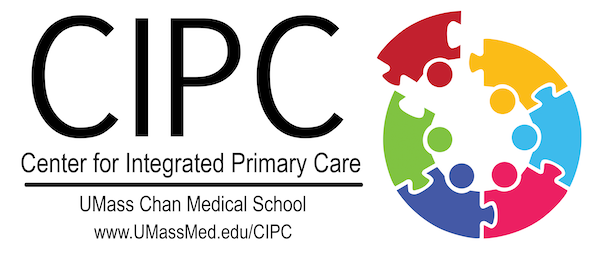Learning Objectives
Self-paced online modules (3 hours)
At the conclusion of this session, the participant will be able to:
1. What is new in the biopsychosocial perspective
- Apply 2 patient-reported outcomes used to assess a patient's chronic pain level.
- List three contributing factors that can impact chronic pain
- List one way the biopsychosocial perspective can be applied at the point of care
2. A guide to evidence-based interventions for chronic pain
- Describe the appropriate patient referrals to non-prescription treatment and behavioral health
- Describe the risks and benefits of non-prescription treatment such as lifestyle, exercise, mind & body, nutrition, dietary supplements, and acupuncture, for patients with chronic pain
- List one professional guideline one can apply to the practice of pain management
3. Chronic Pain and Medications
- List 2 different non-opioid pain medications that can be used for chronic pain
- List 2 different opioid pain medications that can be used for chronic pain
- Discuss a risk mitigation strategy that you would use for a patient with chronic pain
Live Online Learning Sessions (3 hours)
At the conclusion of this session, the participant will be able to:
1. Assessing patient Readiness for non-pharmacological interventions for chronic pain management
- List one-way stigma can get in the way of clear communication between providers and patients
- Apply a readiness assessment for behavior change for a patient with chronic pain
- Assess change talk and stage of change (motivational interviewing)
- Practice communication with primary care providers and behavioral health providers about a referral to behavioral health for a patient with chronic pain
2. Treating Chronic Pain Focus on Behavioral Health Interventions
- List the benefits and contraindications of cognitive behavioral therapy (CBT), Acceptance and Commitment Therapy (ACT) and mindfulness
- Practice applying the best practices for guiding positive coping for chronic pain
- Practice in a patient conversation discussing behavioral interventions for the management of chronic pain
3. Applying treatment at the point of care for chronic pain cases
- List 2 strategies for applying a non-pharmacological approach at the point of care
- Apply a multimodality treatment plan to patients with chronic pain
- Apply a collaborative whole-person care model for patients with chronic pain
